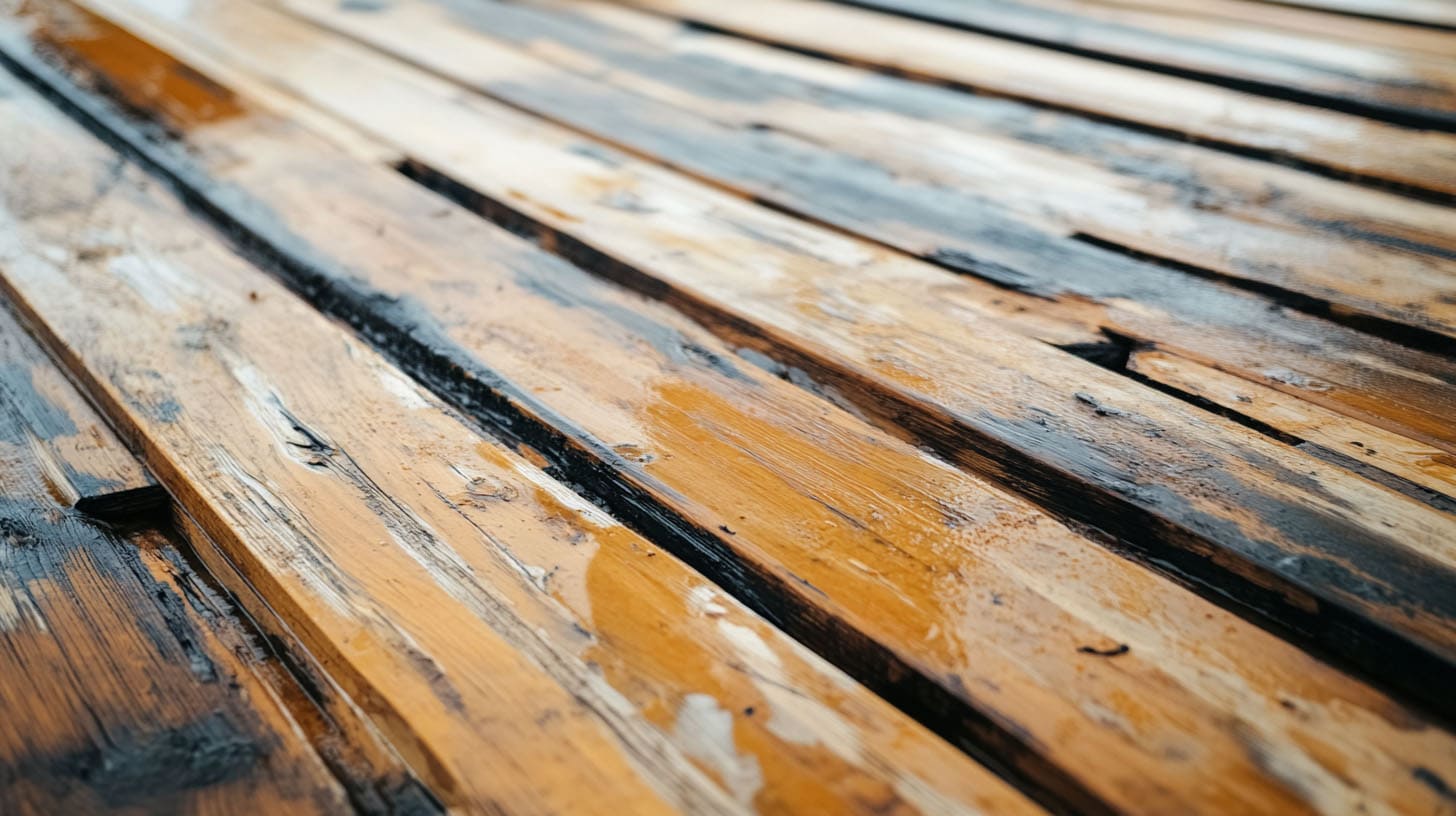
Moisture damage during construction poses a significant threat to the integrity of a roof system. Effective moisture management is essential for preserving the longevity of roofing materials and preventing potential structural damage. Various factors, such as heavy rainfall and humidity, can lead to water intrusion if not properly addressed. Homeowners and roofing contractors alike must understand the vital role of moisture barriers, underlayment types, and proper ventilation to create an extra layer of protection against leaks, mold growth, and other complications.
Understanding Moisture Damage in Roof Decking
Moisture damage in roof decking often stems from inadequate waterproofing and environmental factors, such as heavy rainfall and high humidity. During construction, clashing temperatures can lead to condensation, which compromises the integrity of the roofing system. Furthermore, water infiltration through damaged roofing materials, such as asphalt shingles or metal roofing, can result in structural damage to the roof sheathing and potential mold growth. Homeowners must anticipate these challenges to ensure long-term durability and longevity of their home’s roof.
What Causes Moisture Damage During Roof Construction?
Moisture damage during roof construction can be caused by several factors including inadequate protection from rain, high humidity levels, improper ventilation, and the use of unsuitable materials. These elements can compromise the integrity of the decking and lead to significant long-term issues if not addressed promptly.
The Impact of Moisture on Different Roof Decking Materials
Variations in roof decking materials significantly influence their vulnerability to moisture damage. For instance, plywood and oriented strand board (OSB) can suffer from swelling and structural damage when exposed to excessive humidity or water intrusion. In contrast, metal roofing provides an extra layer of protection, resisting water infiltration effectively. However, regardless of the material, proper ventilation remains crucial to prevent condensation and mold growth, ensuring the longevity and integrity of the roofing system throughout its lifecycle.
Best Practices for Moisture Management
Good moisture control starts with knowing the right time to work and checking the weather conditions before roofing begins. When you work with certified roofing companies like All Phase Construction USA, LLC, you can be sure that all steps meet the needed standards.
Using modern tools like moisture barriers and sealants also helps stop water intrusion. Things like synthetic underlayments and self-adhesive layers are good for keeping the roof decking safe and lowering problems with condensation. Next, let’s talk about the best timing for roofing and how these new materials help you fight moisture.
Timing and Weather Considerations During Construction
Optimal timing and awareness of weather conditions are critical during roof construction to prevent moisture-related issues. Heavy rainfall, high humidity, and wind events can significantly increase the risk of water infiltration, affecting both the short-term integrity and long-term durability of the roofing system. Scheduling work during favorable weather can help mitigate potential damage. Additionally, roofing contractors should employ moisture barriers and ensure proper ventilation, enhancing the roof deck’s resistance to water damage while aligning with local building codes for peace of mind.
Effective Use of Moisture Barriers and Sealants
Implementing moisture barriers and sealants is crucial for safeguarding the roof decking from potential damage. These products provide an extra layer of protection against water infiltration, particularly during heavy rainfall or high humidity conditions. Various types of underlayment, such as synthetic underlayments, can enhance durability and the integrity of the roof system. Regular inspections and adherence to local building codes ensure the effectiveness of these materials, preventing structural damage and mold growth, providing homeowners peace of mind throughout the construction process.
Technological Solutions for Moisture Detection
Modern tools and simple methods help manage moisture by giving early warnings for water damage. New moisture detection tools find where condensation might happen in plywood, OSB, and other common materials.
Continuous systems for checking moisture can help keep the whole roof safe. When homeowners use synthetic underlayments along with these new tools, they get peace of mind like never before. Now, let’s talk more about these new solutions and how they work.
Tools and Techniques for Early Moisture Detection
Utilizing advanced tools for moisture detection plays a vital role in safeguarding the integrity of roofing systems. Infrared thermography can identify temperature variations indicative of water infiltration, while moisture meters provide quantitative readings, revealing hidden damp areas within the roof decking. Additionally, employing hygrometers to measure humidity levels helps assess potential condensation issues. Regular inspections paired with these technologies allow roofing contractors to address problems proactively, ensuring longevity and durability against moisture-related damage in the roofing structure.
Integrating Technology for Continuous Monitoring
Incorporating advanced technology into your roofing projects can provide an extra layer of protection against moisture damage. Continuous monitoring systems, such as moisture sensors, can detect water intrusion and condensation in real-time, ensuring the integrity of the roof is maintained. These tools can alert contractors to potential issues before they escalate, allowing for timely interventions. By leveraging technology, homeowners gain peace of mind, knowing their roofing system is safeguarded against the adverse effects of heavy rainfall, humidity, and other weather conditions.
What`s Next
Effective moisture management during roof construction is essential for ensuring the longevity and durability of your roof decking. By implementing best practices such as utilizing high-quality roofing underlayment and adhering to local building codes, homeowners can mitigate the risk of water intrusion and structural damage. Monitoring weather conditions and leveraging innovative technologies can provide an extra layer of protection, ultimately preserving the integrity of the entire roofing system. With proper care, the home’s roof can withstand heavy rainfall and prevent potential mold growth.
Frequently Asked Questions
What happens if roof decking gets wet?
Wet roof decking can cause mold growth, structural damage, and weaken the entire roofing system. If water infiltration keeps happening, the plywood and OSB may bend, break down, or get ruined. This can lead to expensive repairs. Getting a professional waterproofing job helps control moisture early. This way, you can protect the roofing system from mold and stop more damage before it starts.
How do you waterproof a concrete roof deck?
To keep a roof deck safe from water, it is important to add a layer of protection. You can use rubberized asphalt or self-adhering products for this. These both help to stop water intrusion and boost the durability of the roof. When you match strong roofing materials with good waterproofing, the roof deck can handle heavy rainfall and keep safe during tough weather conditions. All this work keeps your roof and building in good shape for years to come.
Read our blog: How to Plan Long-Term Roofing Budgets for Your Condo Association
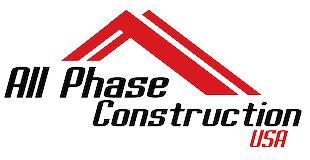

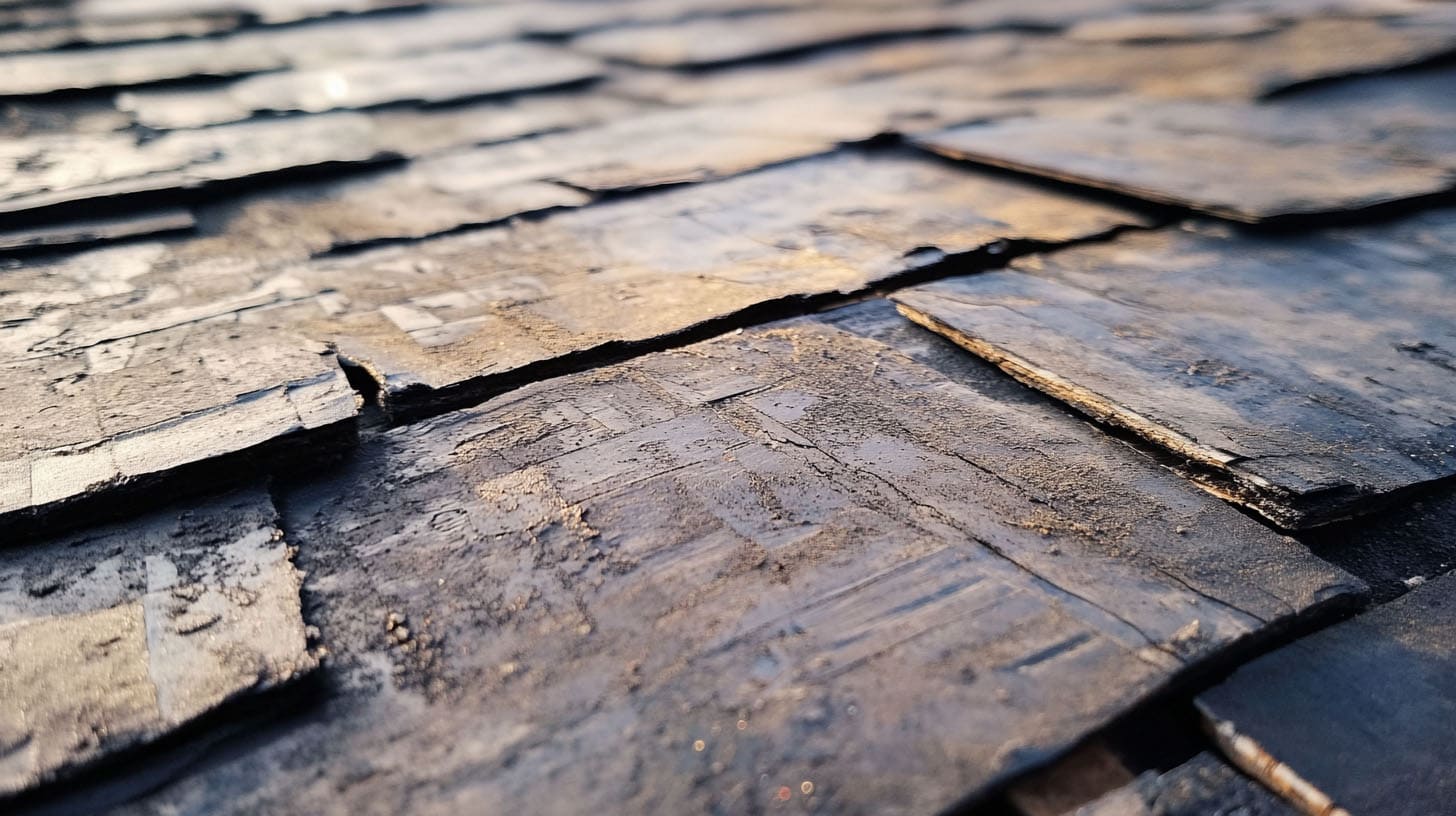
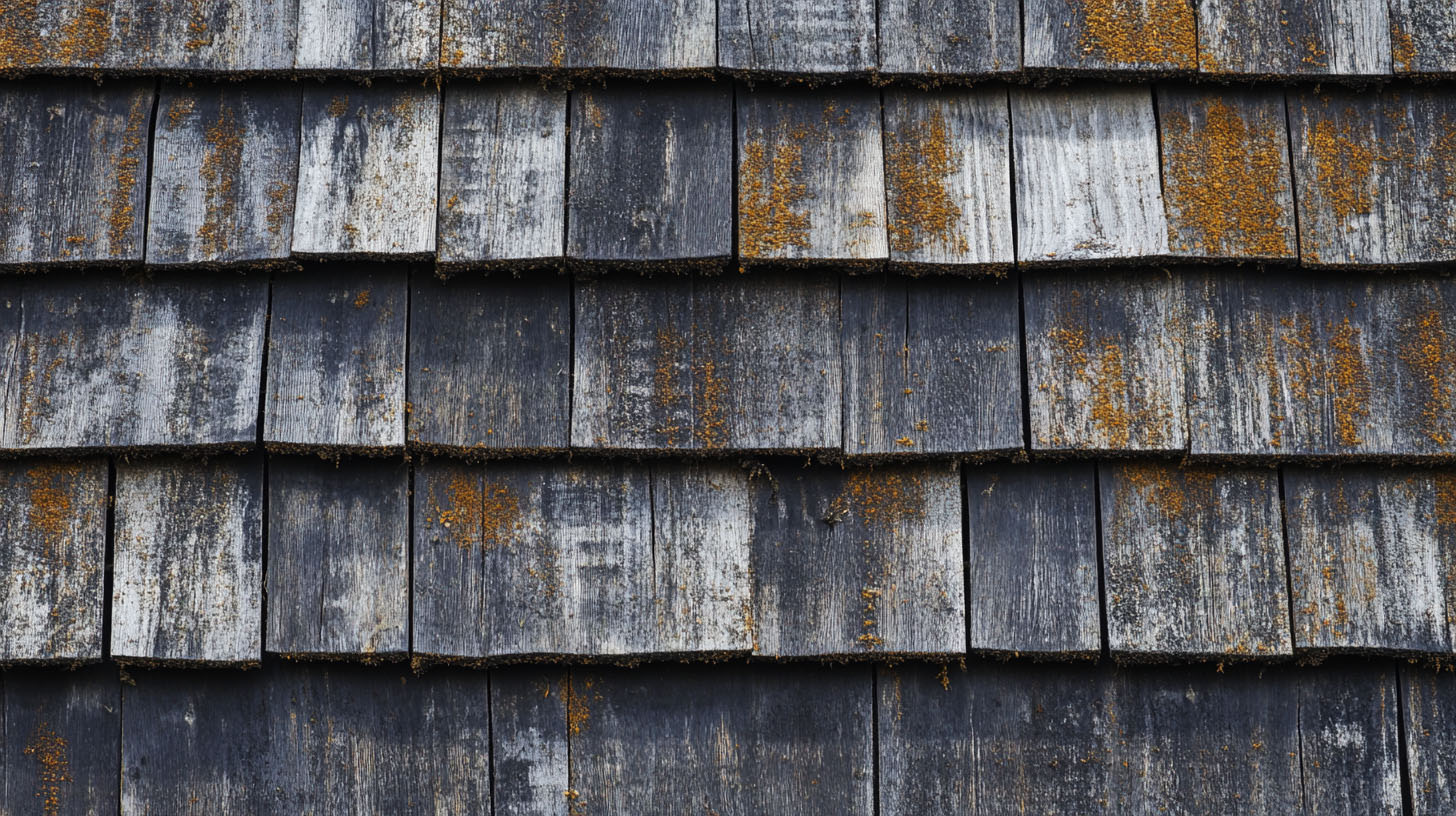
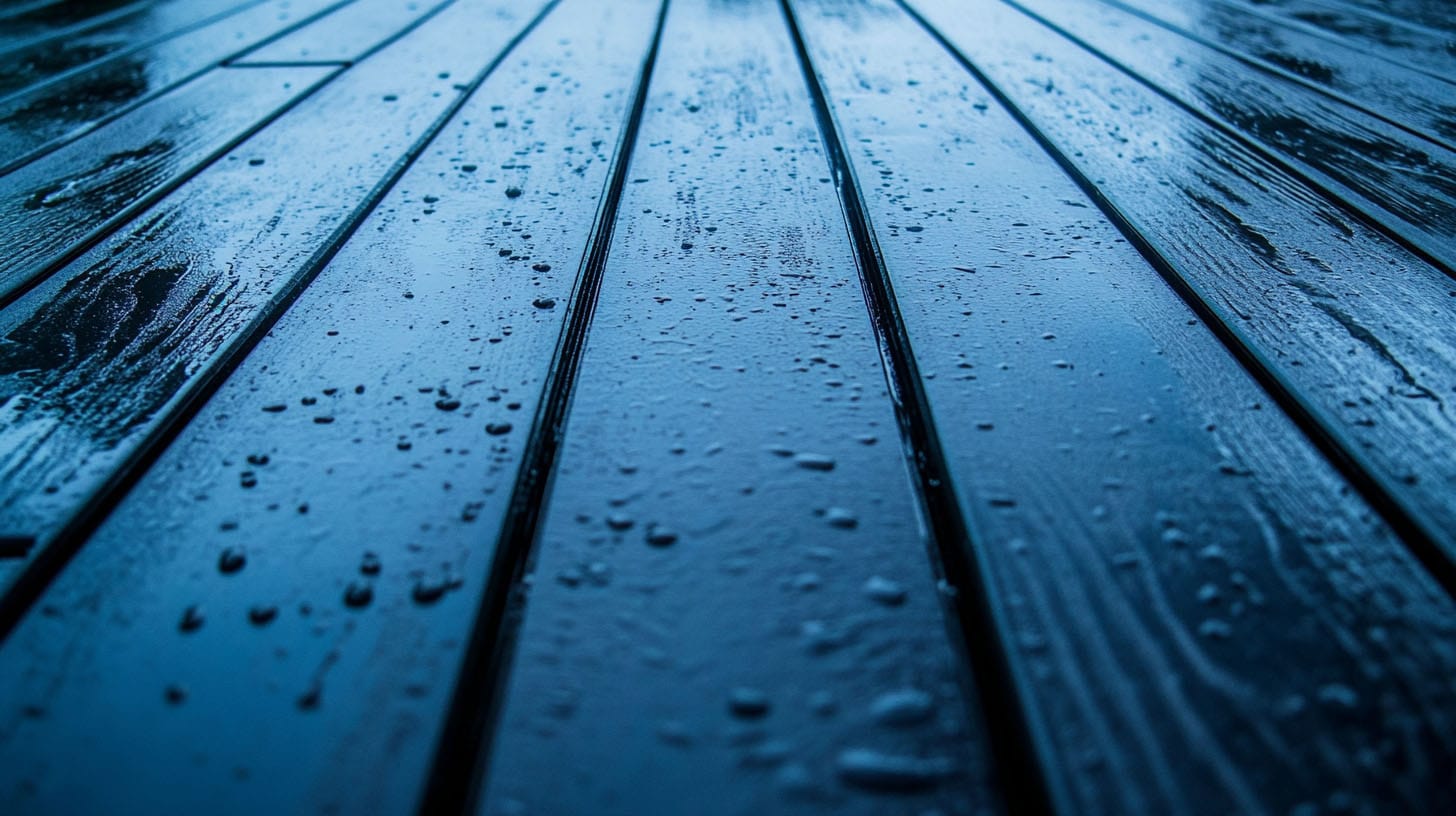
Sorry, the comment form is closed at this time.